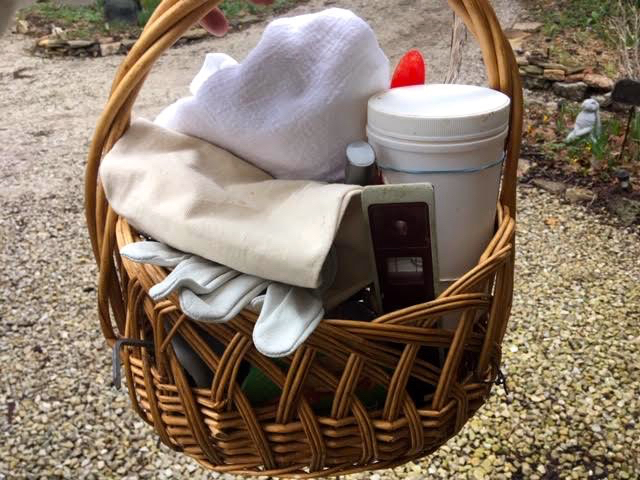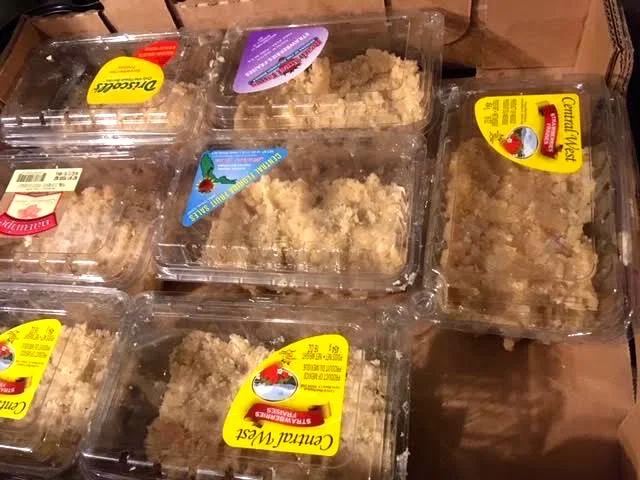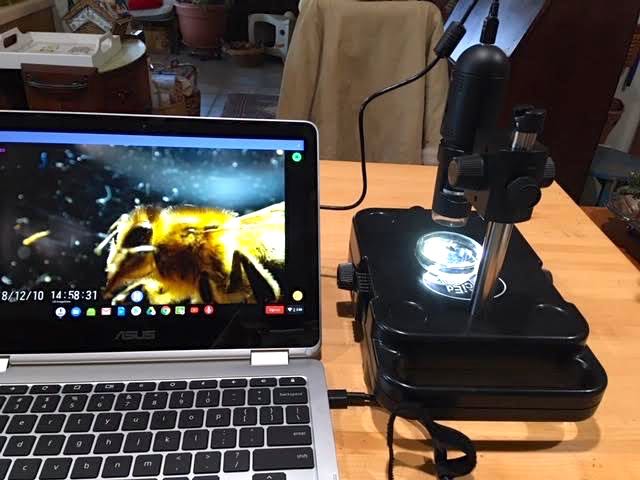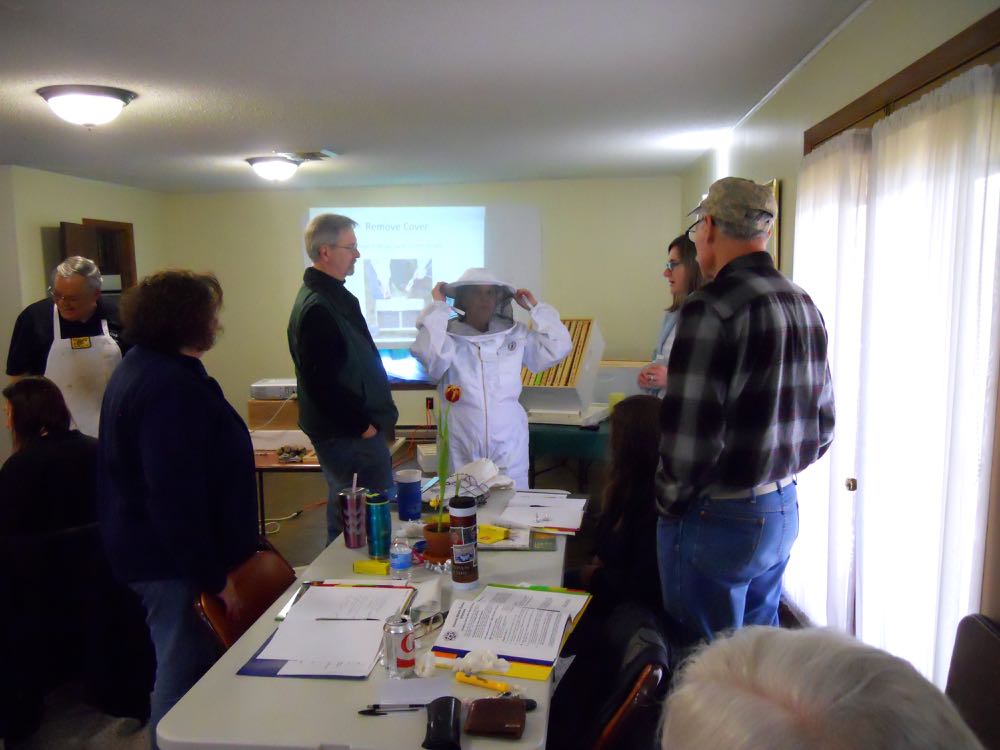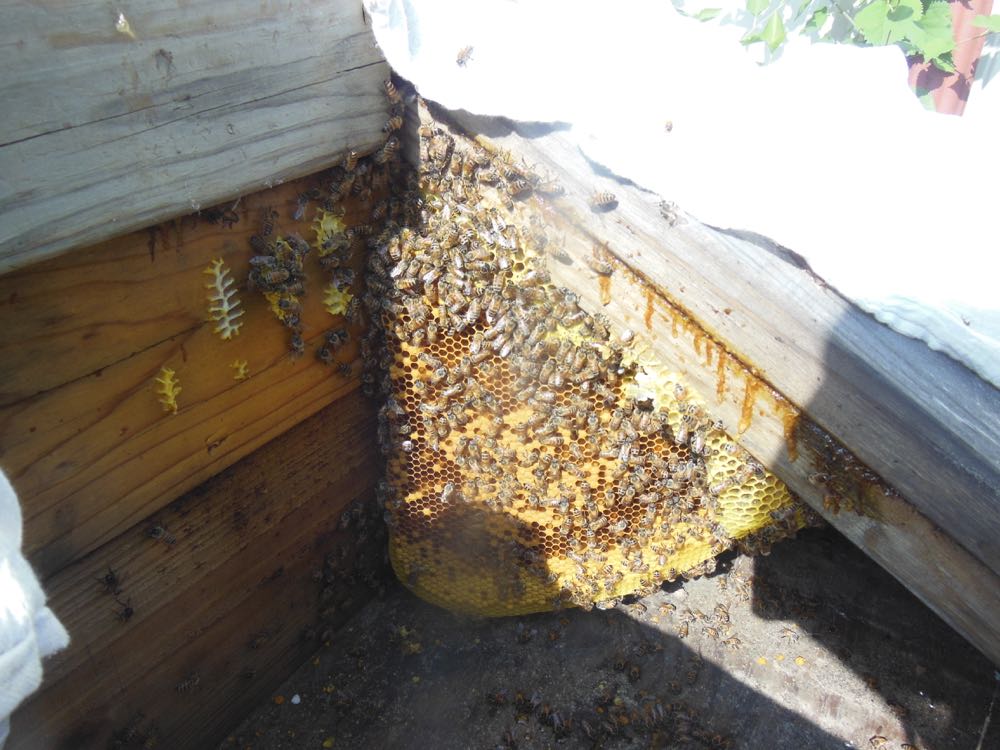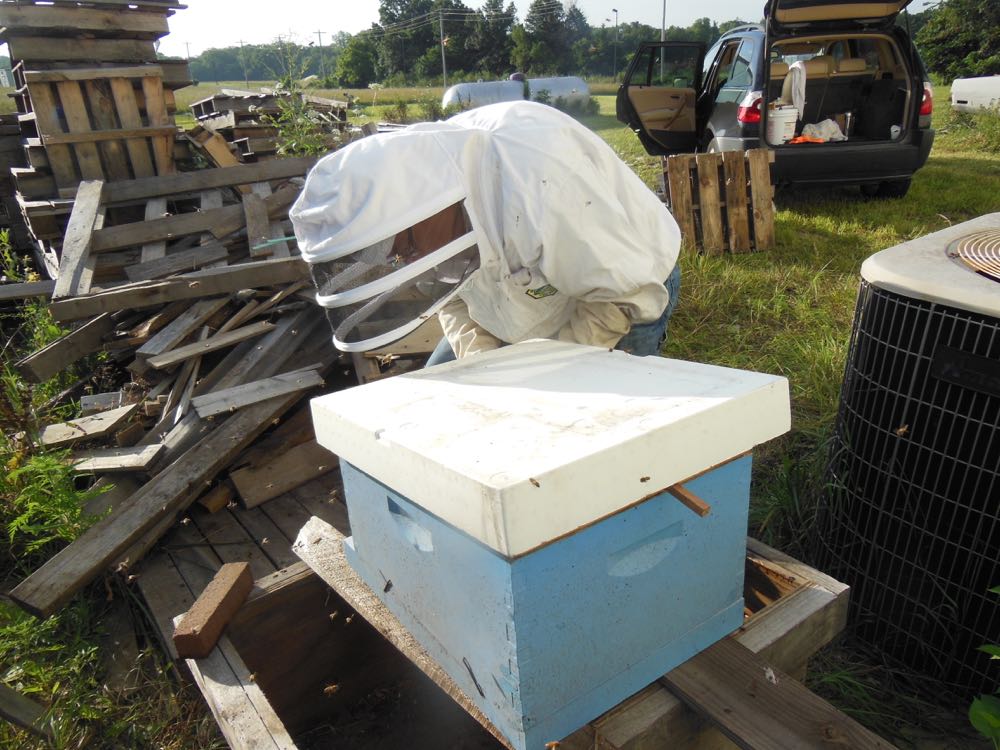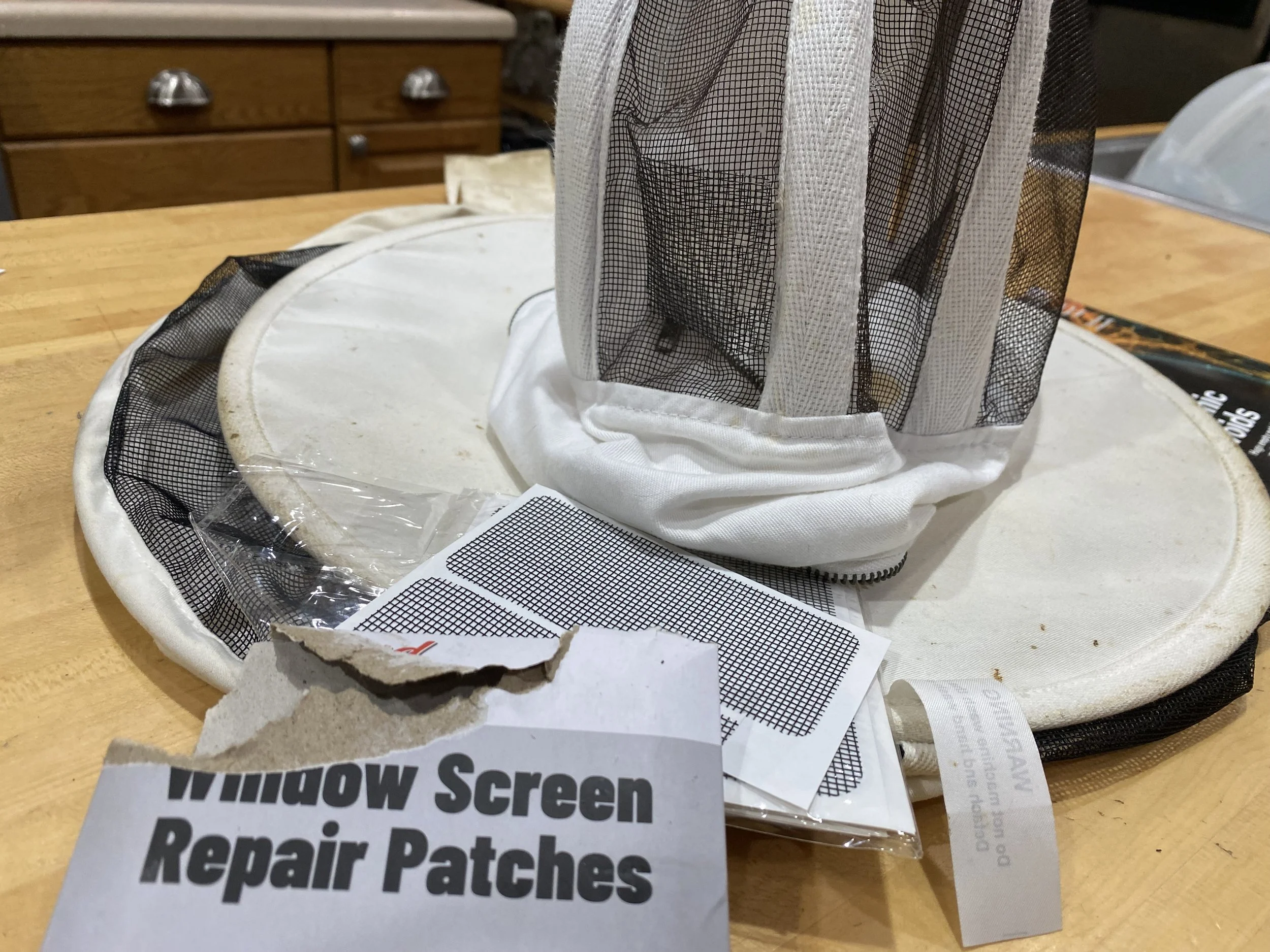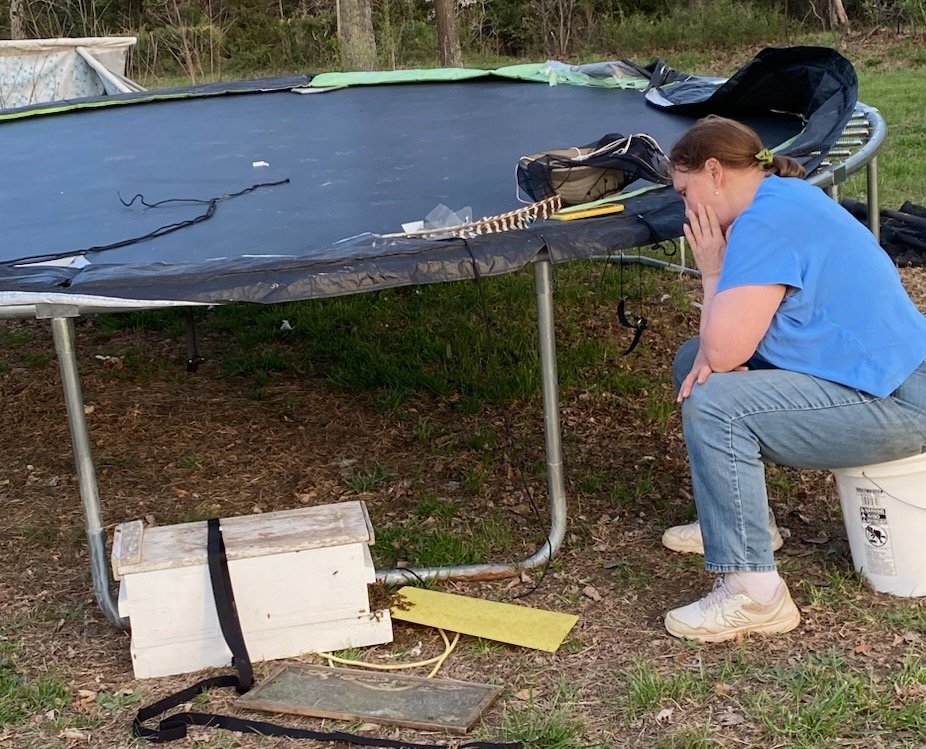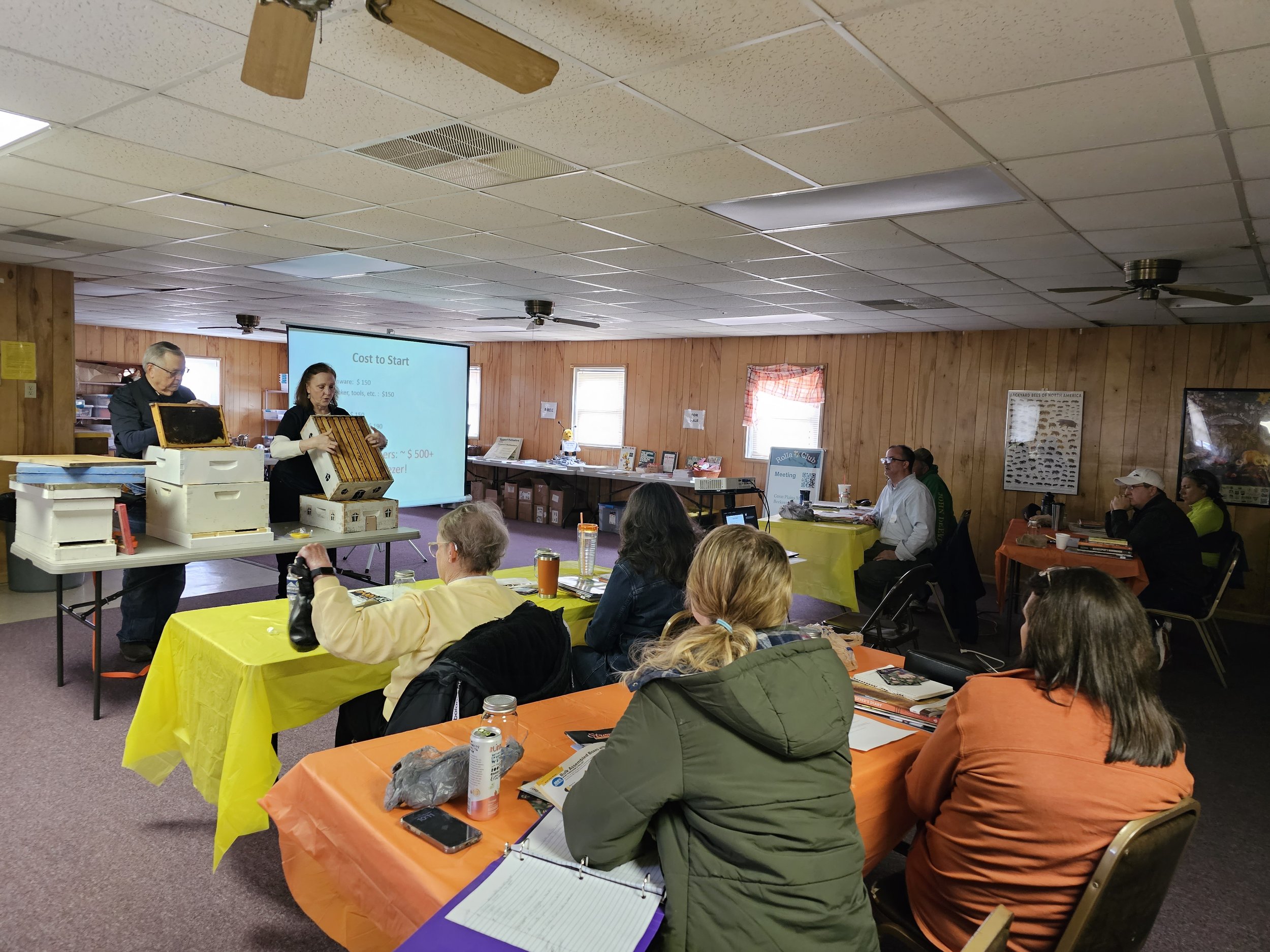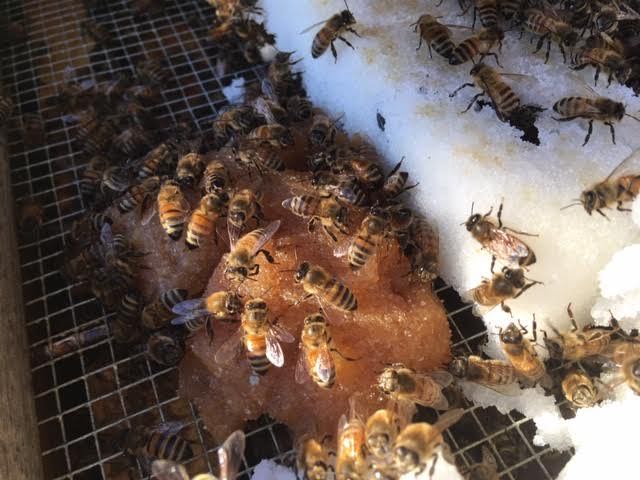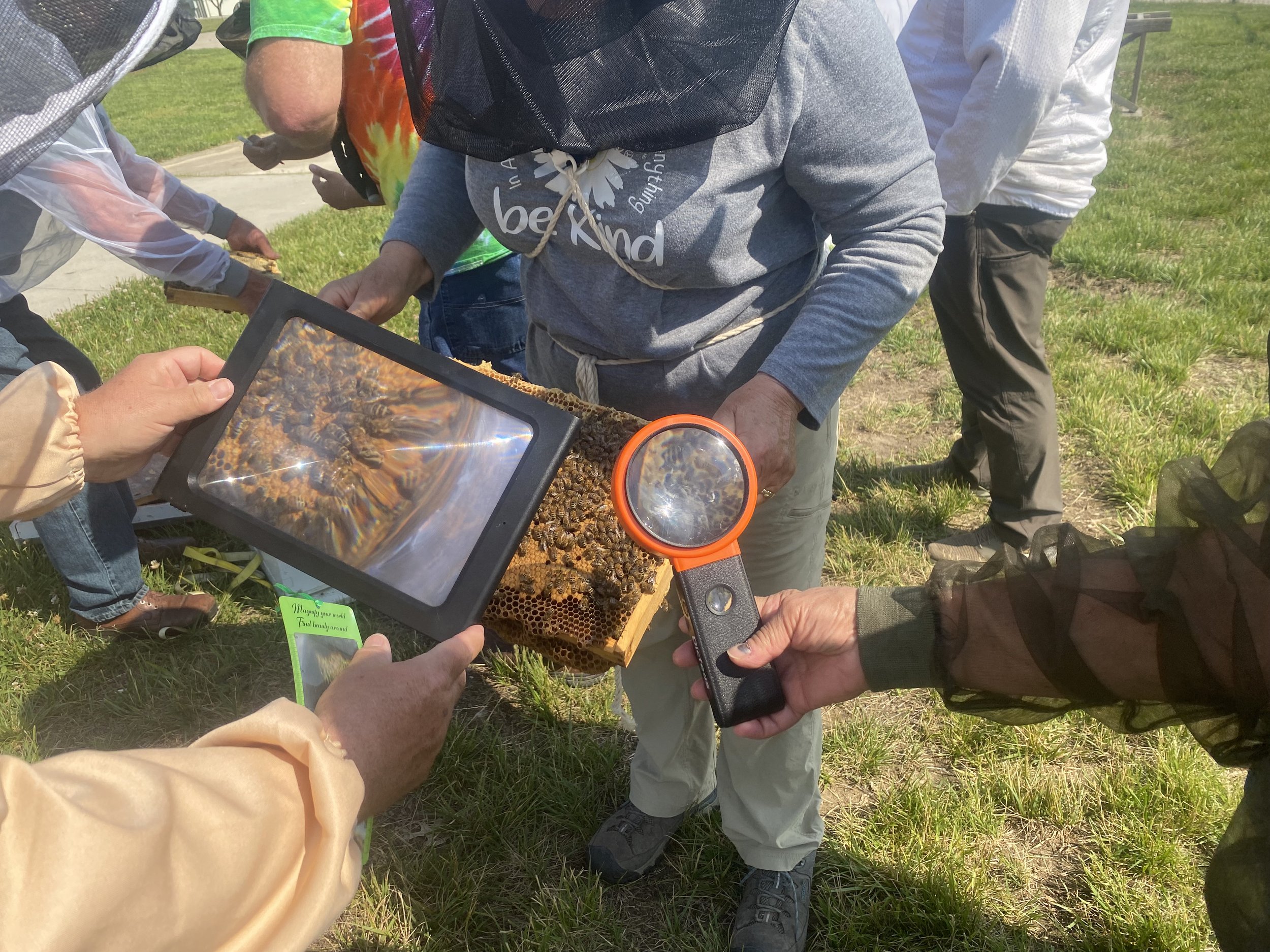Pallet Garden Bench
/This garden bench was made out of one wooden pallet. (Photo by Charlotte Ekker Wiggins)
Pallet Garden Bench
Do you pour over posts of the creative things you can do with pallets? I have, enough so that I actually hauled a number of wooden pallets home with the idea of making a compost bin.
Well, until I saw this pallet garden bench.
No, it’s not mine, it was in the garden of one of our beekeeping students. She took my advice and set it up within 20 feet of her honeybee hive so she could watch the bees flying in and out of the hive.
Initially I plopped myself down on it to watch her bees. As I was standing up, I realized what it was made out of, a simple wooden pallet cut to have a taller backing than seat.
As beekeepers, it’s helpful to have woodworking skills so I thought of all of the beekeepers I know who may want to make one.
The original owner said if she were to do it again, she would place the legs on the inside instead of the outside to better brace the seat.
Besides reusing pallets, the garden seat was relatively lightweight to move, something I take into account when I place a bench in my garden. I have a tendency of moving things around depending on the season and what may be blooming, or flying.
One of the things we encourage beginning beekeepers to do is to set up a seating area within easy view of their bee hives so they can sit and observe the bees. The more time they spend watching bees the more they will learn, and better understand, what bees are doing.
I suspect with basic woodworking skills most beekeepers can make one of these benches. Maybe even if they don’t.
Stay tuned.
Charlotte










